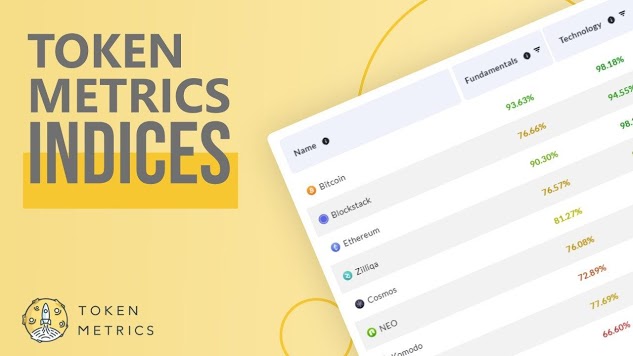How They Performed Against BTC?

Hard forks are a unique way to resolve disagreements on proposed protocol upgrades in cryptoasset networks. In the case where a faction within a cryptocurrency’s community disagrees with the majority of network participants, they can fork the code and operate their “own” chain.
This is what happened with Bitcoin (BTC) and its countless forks, many of which seemingly only exist(ed) to piggyback off Bitcoin’s brand to enrich its creators.
Let’s dive into the most notable Bitcoin forks and see how they have performed against the original cryptocurrency.
Bitcoin Cash (BCH)
Bitcoin Cash (BCH) was launched in August 2017 by a faction within the Bitcoin community that disagreed with Bitcoin’s scaling roadmap and the SegWit upgrade.
The new chain, called Bitcoin Cash, was initiated by miners and developers who wanted to solve Bitcoin’s scaling limitations, which resulted in long transaction times and high transaction fees, by allowing bigger blocks.
The argument against bigger blocks, which was held by the majority of the Bitcoin community, is that will it lead to centralization as the size of the blockchain would eventually balloon, making it difficult for individuals to run nodes themselves.
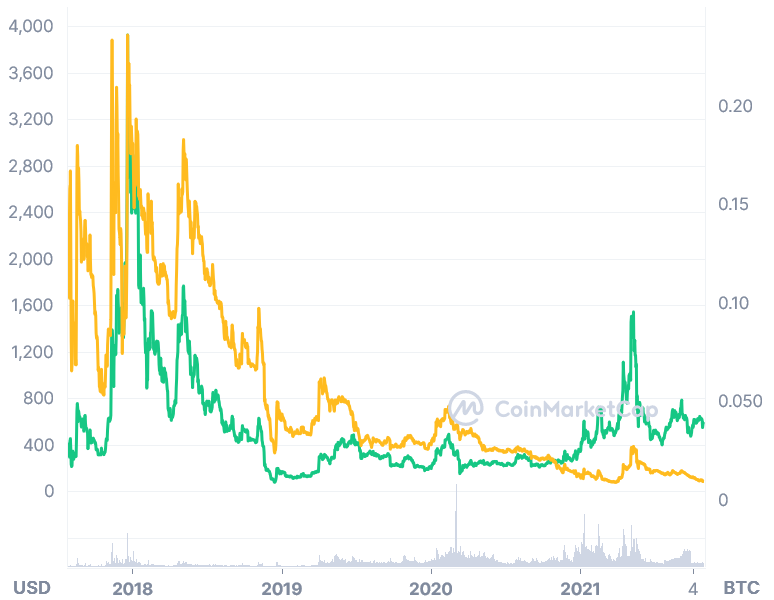
BCH launched at around USD 400 in mid-2017, rallying to over USD 600 a month later.
As the price of BTC crossed the USD 20,000 mark in December 2017, BCH peaked at over USD 3,000. At the time of writing, the price of BCH traded in the USD 600’s.
Against the price of bitcoin, however, BCH has continuously lost value since early 2018. While it’s dollar-value remains at relatively high levels, the price of BCH has hit an all-time low against BTC, trading below 0.001 BTC.
Bitcoin SV (BSV)
A fork of a fork, Bitcoin SV (BSV), was launched in November 2018 as a hard fork of Bitcoin Cash. BSV was forked by a group of BCH community members, led by Craig S. Wright and Calvin Ayre, who claimed that BCH’s features weren’t significant enough to meet the requirements to successfully scale the Bitcoin Cash blockchain.
Moreover, proponents of BSV were strongly in favor of returning to the original Bitcoin design as represented in Bitcoin version 0.1. Bitcoin SV uses the moniker ‘Satoshi Vision’ to refer to the Bitcoin whitepaper, which did not advocate for second-layer, off-chain scaling solutions.
On a technical level, BSV was designed with a default block size of 128 MB, which was further expanded to 2 GB in a later update. The new structure was aimed at processing more transactions, as well as generating more transaction fees, as a way to incentivize miners to continue mining new blocks even when block rewards are finally over.
BSV frontman, Craig S. Wright, continues to claim to be Satoshi Nakamoto, the creator of Bitcoin, even though he has failed to produce evidence to prove it. Since Wright’s claim is essential to BSV’s raison d’être, his failure to substantiate his claim has weighed on the altcoin’s price too.
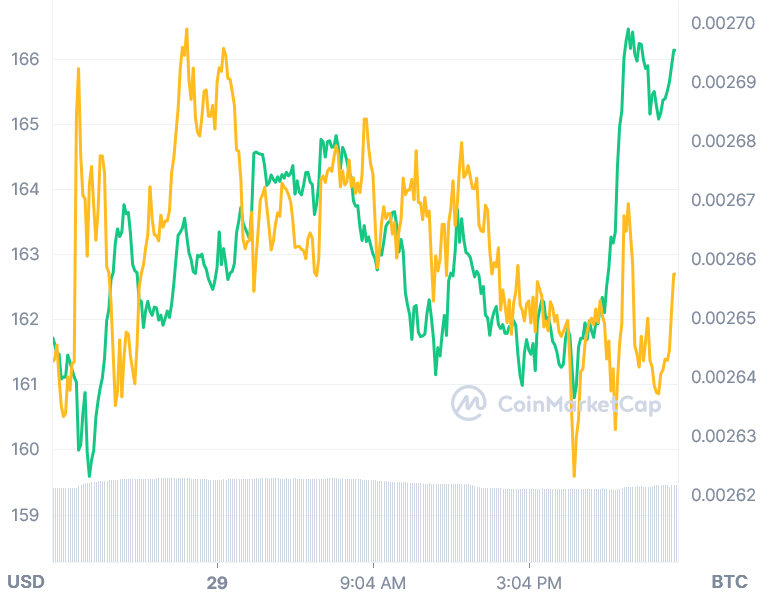
BSV was trading at around USD 112 when it launched in November 2018. At this point, bitcoin was trading at over USD 6,000. Moving in line with the rest of the rallying crypto markets in 2021, BSV reached an all-time high of USD 441 in April 2021. As of the time of writing, the price of BSV is USD 170.
Against the price of bitcoin, however, the value of BSV has collapsed hitting a low of 0.00277 BTC in October, following a steady decline since early 2020.
Bitcoin Gold (BTG)
Bitcoin Gold (BTG) was created in October 2017 with the slogan “make bitcoin decentralized again.”
Jack Liao and other co-founders aimed to achieve that by making their version of Bitcoin minable using GPUs that anyone could run out of their homes. They claimed that mining had become too complex and costly for people to mine BTC using their personal computers, hence opting for a GPU miner-friendly proof-of-work algorithm called Equihash BTG.
BTG did manage to emerge as a popular coin among at-home miners but failed to establish any other significant use cases beyond that.
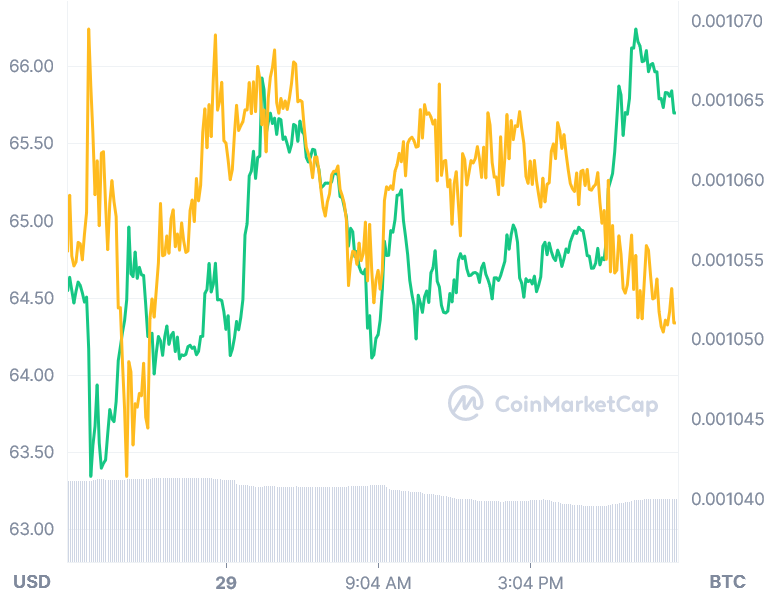
BTG debuted at USD 137 in October 2017 and rallied in November to reach an all-time high of over USD 400. However, the price of BTG would drop to below USD 100 in 2018 and continue the downtrend as the market became jittery over its perceived vulnerability to hacks, which was highlighted by the 51% attacks it suffered.
Unsusigpgnly, the price of BTG collapsed against the value of bitcoin, at the time of writing, trading below 0.0012 BTC.
Bitcoin Diamond (BCD)
The Bitcoin Diamond (BCD) fork took place in November 2017 when Bitcoin forks were suddenly en vogue. BCD founders launched their chain with the (cl)aim to improve the Bitcoin protocol by boosting transaction times, lowering fees, and improving privacy.
They implemented a new proof-of-work consensus algorithm aimed to deter network attacks and segregated transaction signatures from on-chain transactions to increase capacity to enable a higher on-chain transaction throughput per second.
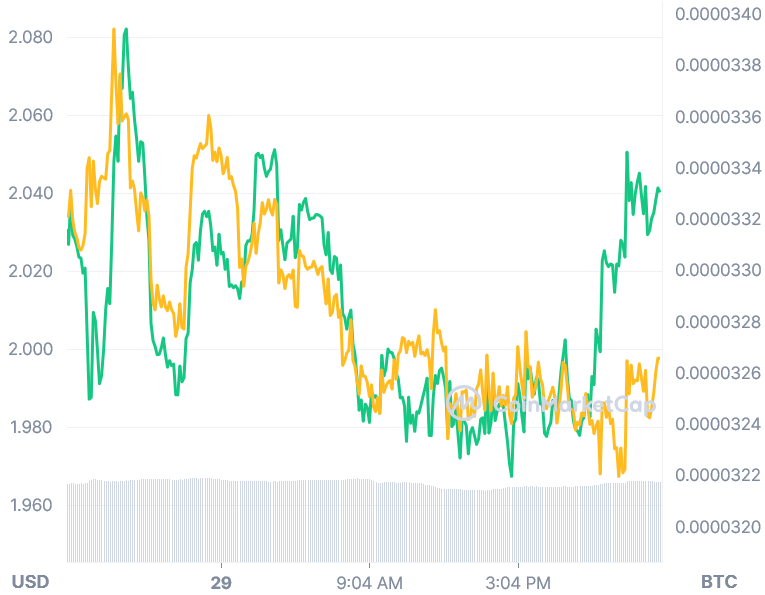
The price of Bitcoin Diamond jumped to over USD 66 in November 2017. However, this did not last and the price began to drop in January 2018 to USD 5 on January 5. At the time of writing the price of BCD is USD 2.31.
Against the price of bitcoin, the value of BCD fell pretty much immediately after it was launched. At the time of writing, BCD trades below 0.00001 BTC per coin.
Bitcoin Private (BTCP)
Bitcoin Private (BTCP) was created in March 2018 from a Bitcoin and Zclassic (ZCL) hard fork. The purpose behind the formation of Bitcoin Private was to combine the privacy features of Zclassic with the security of Bitcoin.
Bitcoin Private was not a standard fork, but a ‘fork merge’ that entailed forking away from the Bitcoin protocol and merging it with Zclassic.
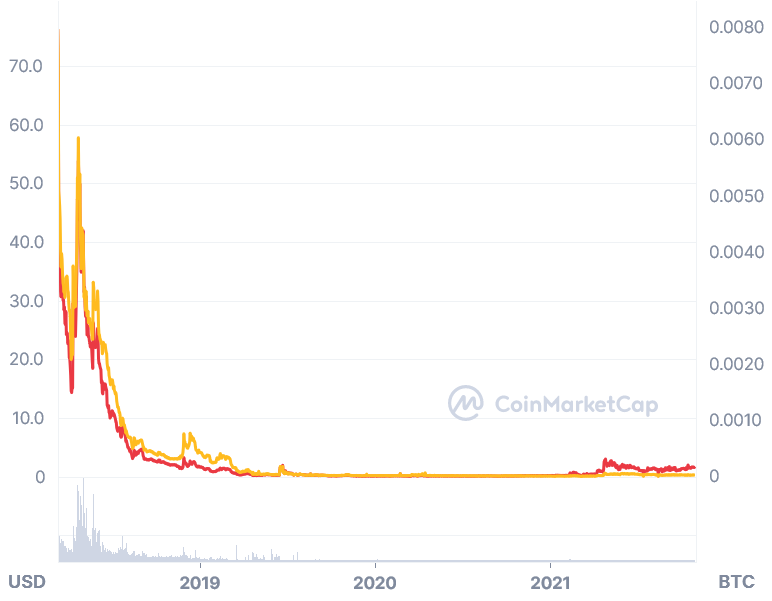
BTCP launched in early March 2018 at USD 68. However, this price level was short-lived and the price dropped to USD 15 in April to eventually bottom out to below USD 2 in November. Since then, the price of BTCP failed to recover.
Against the value of bitcoin, BTCP dropped below 0.00003 BTC per coin.
Get Forked!
The lesson when it comes to Bitcoin forks is pretty clear: any cryptocurrency that carries the name Bitcoin but isn’t Bitcoin, lost value against the real thing in the long run.
Bitcoin forks that claim to be the “real Bitcoin” aren’t because the market has decided they aren’t. Only Bitcoin is Bitcoin. ____Learn more: – USD 20,000 Weekly Moves in Bitcoin’s Price Likely This Year, Author Says- BitMEX Boss: El Salvador-style Bitcoin Adoption on the Cards for 5 More Nations
– How Bitcoin & Crypto Might Help Ease Wealth Inequality (Without Miracles)- Dominated by Institutions, Bitcoin Mining is also Possible from Home
– Bitcoin Lightning Network Is Growing Faster Than You Think- Technically Capable Bitcoin Has Other Mass Adoption Challenges To Solve


